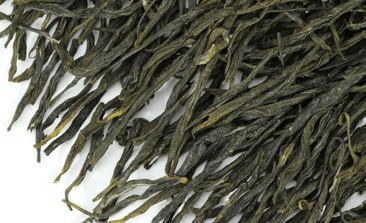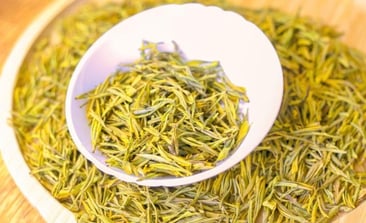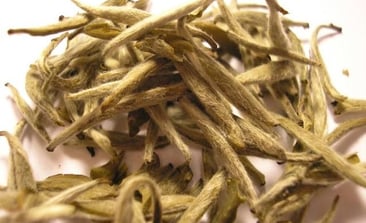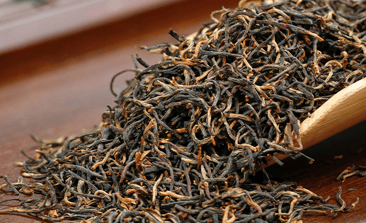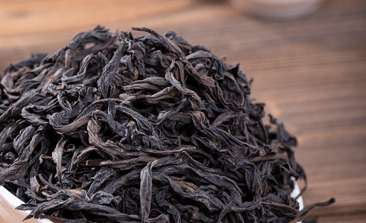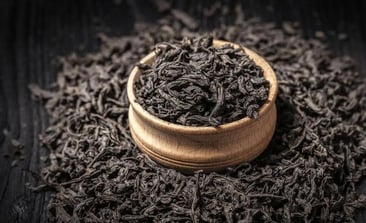Chinese Tea Types
Chinese tea comes in six basic varieties: green, white, yellow, red, oolong, and dark (Puerh, Pu'er) tea.
The gentlest processing is done on green tea. As a result, the beverage has a chemical makeup that is most similar to a tea leaf in growth. It revitalizes the body and offers it vitality
Yellow tea, which goes through the heaping process, is similar to green tea. It is less unpleasant to the stomach than green tea. Although its manufacture is arduous, its taste is peculiar, and it is extremely difficult to locate.
White tea goes through minimal processing. It is made from a particular type of tea plant and is regarded more as medicine than just a tasty beverage in China. In contaminated megalopolis, this anticancer aid is beneficial for daily use.
Europe refers the red tea as "black." It carries the warmth and vitality of fire. It energizes while enhancing immunity. While Chinese tea is traditionally served with sweets at the table in our culture, it can also be consumed on its own without any additional ingredients.
Oolong tea has a complex production process and fragrant floral and fruit flavors. Very flavorful and adaptable. Due to the high concentration of fat-burning polyphenols, it has become incredibly popular nowadays for its ability to aid in weight loss.
A unique kind of tea is called dark tea. Famous for its odd production method, which has led to a unique flavor, smell, and physical consequences. Pu'er, the most well-known dark tea, is manufactured utilizing two distinct processes—shu and sheng Pu'er—from leaves that are particularly from the Yunnan Province.
Such division is based upon the diverse technologies of producing dry tea from raw leaves. The harsh examples assume that it is possible to produce all types of tea from the same tea plant. Theoretically, this can be achieved. The tea made using oolong technology will be called «oolong tea» however its taste qualities may not meet expectations. For each of the aforementioned tea types besides the processing technology, many other nuances are of significance.
The source. Because of China's diverse environment, different places have distinct growth conditions for tea. It grows in a variety of soils, at various altitudes, and in a range of temperatures, so the leaf it produces accumulates a variety of compounds that alter the flavor and scent of the tea. For instance, giant-leaf trees are common in Yunnan while small-leaf tea bushes are more common in Fujian.
Cultivation setting. Some tea varieties are cultivated in particular environments. For instance, the springtime Emerald spirals are planted amid the fruit trees to infuse the scent of the tea leaf with fruity notes that subtly reveal themselves while brewing. The growing tea will have a different flavor and value depending on where it is located on the same mountain: at the foot, in the center, and at the peak.

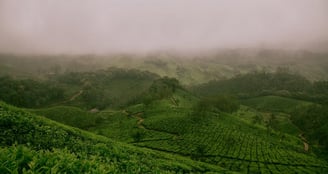
Cultivars of tea. Both tea bushes and trees with a height of 20 meters or more can be found in China. Additionally, tea leaves can be classified as wide, narrow, round, or tiny. White tea-specific plants with long white hairs exist. The entire family of oolong teas, which are marked by heavy, harsh-textured leaves, take their name from the Tie Guan Yin shrub. Here are a few instances that show how each variety of tea needs a particular cultivar of the tea plant. Please don't be perplexed. Since the term "green" denotes leaf processing technique, green tea can be made from any type of tea bush. However, only certain bushes growing in a certain place can be used to create the Dragon Well from Xi Hu Lake.
Harvest season. There is a certain harvest period for each type of tea. From the same plant, various teas can occasionally be produced: white tea from buds in February, red tea from tips in March, and green tea from leaves in April. However, only one sort of tea is produced, and it is distinguished by quality levels based on the time of harvest.
For processing. leaves. Specific tea plant leaves are needed for each sort of tea. Some teas are manufactured with huge leaves, while others are formed with complete offshoots that include numerous leaves. Some teas are produced only from buds, while others are made from tips (the bud and one to two leaves). The gatherers are given precise instructions by technologists regarding which leaves should be flushed today for the manufacturing of tea.
And upon consideration of all nuances, the production technology perfected by centuries makes it possible to acquire the desired tea type. However, we’ll get back to the technology later.
It is important to bear in mind that each of those six types of tea has a unique brewing method incorporating the appropriate range of temperatures, tea ware, amount of tea, and the ideal way to deliver its flavor if you chose to try them all to get a sense of their flavor.

